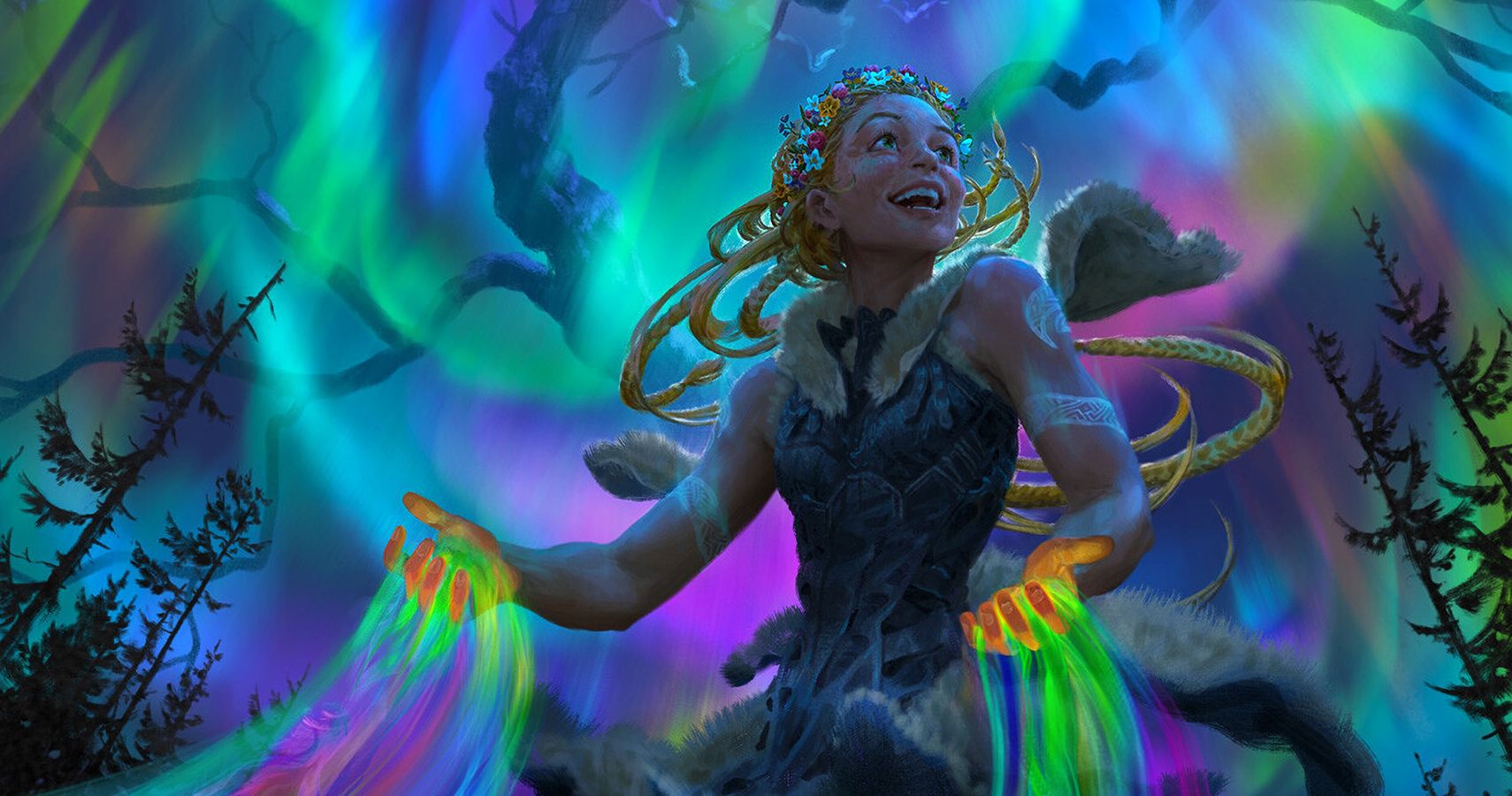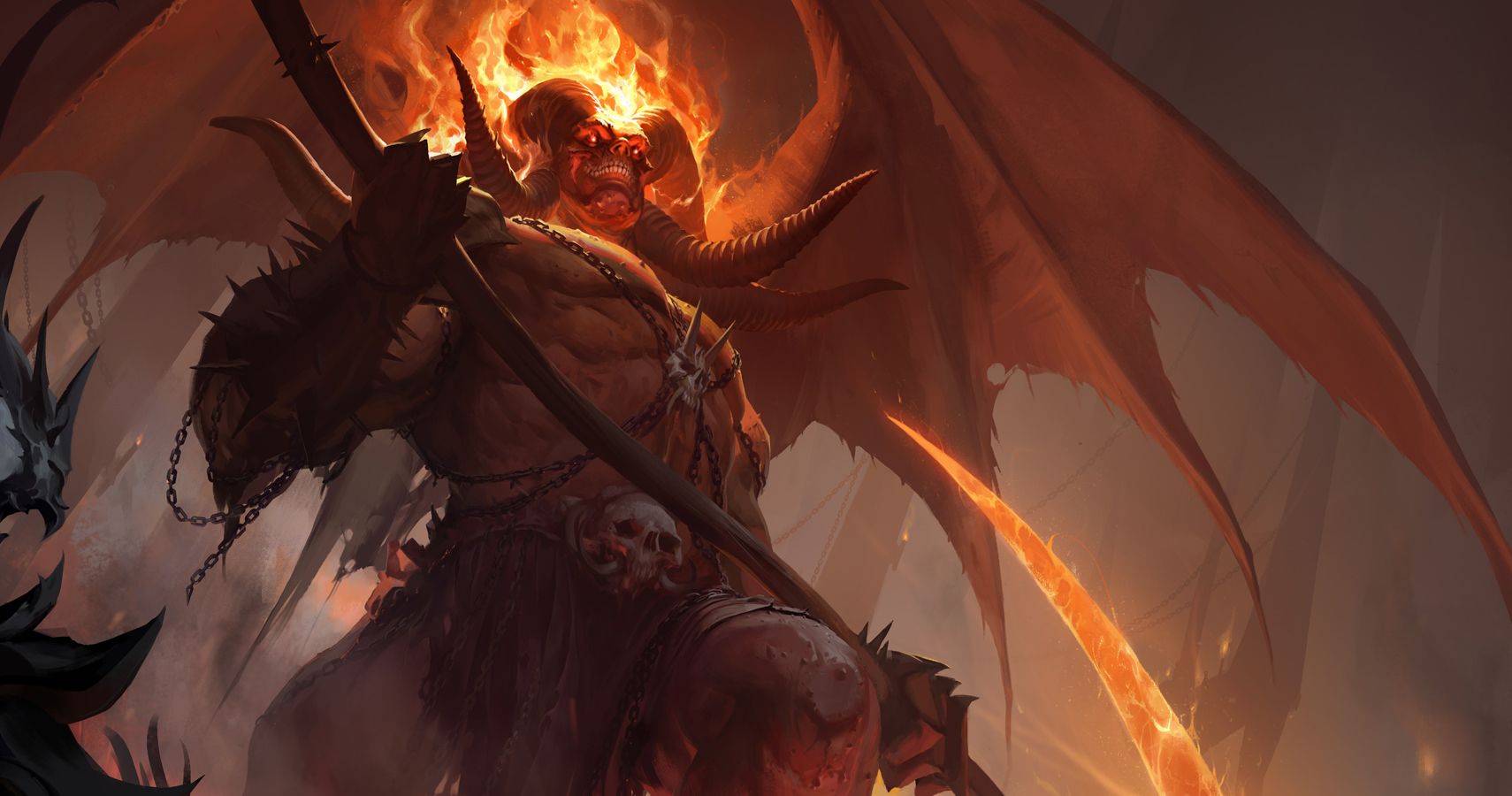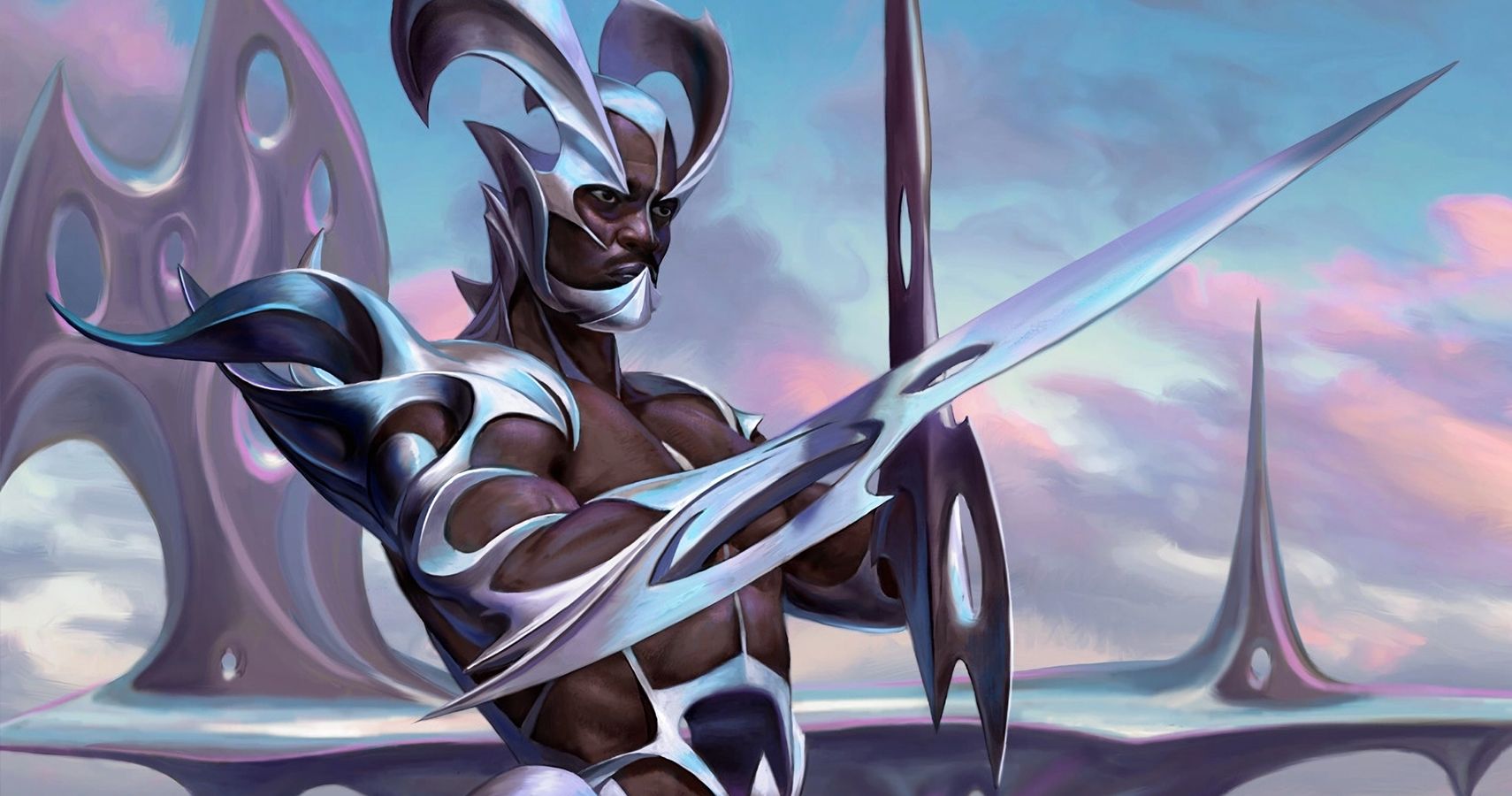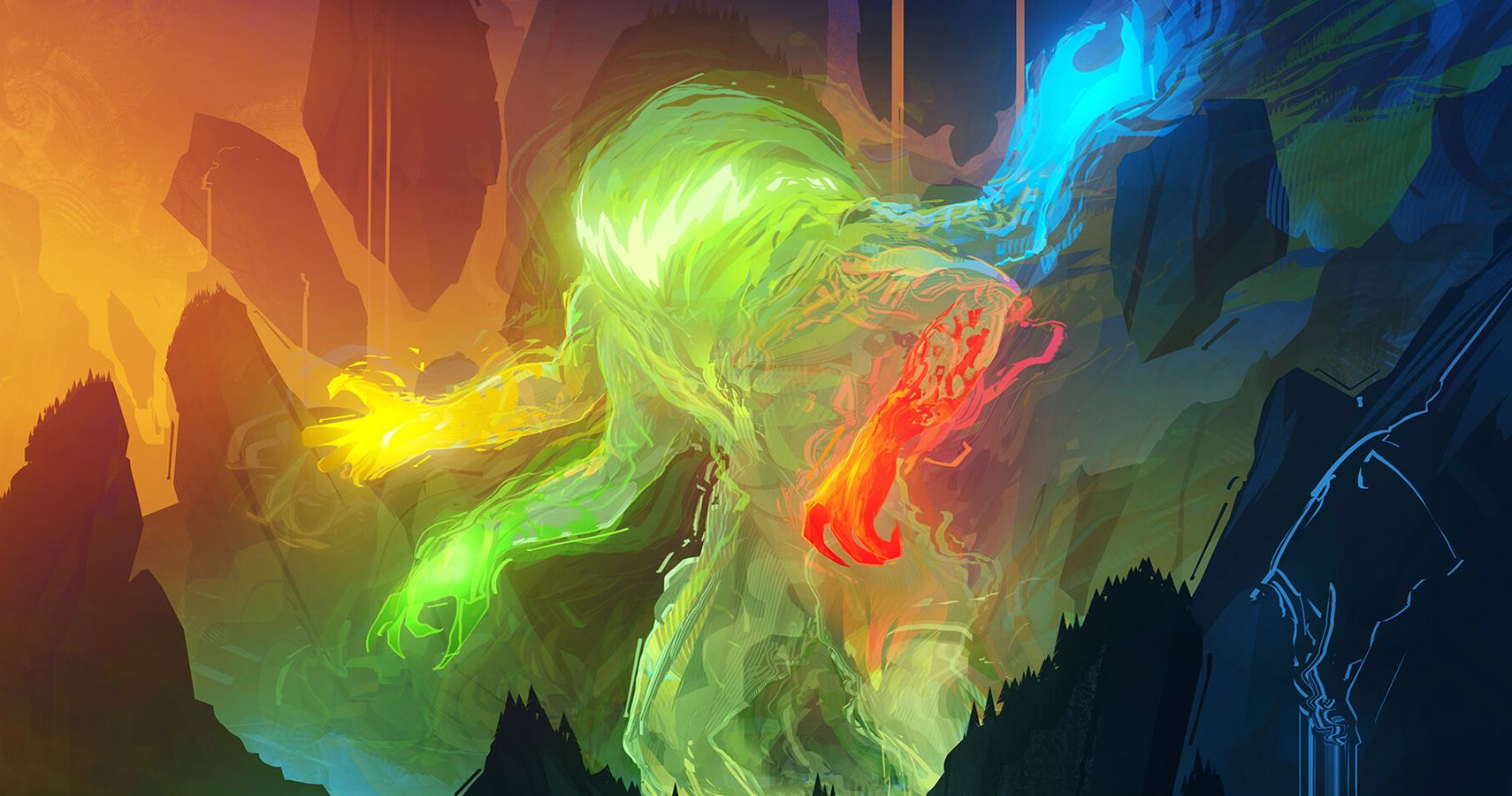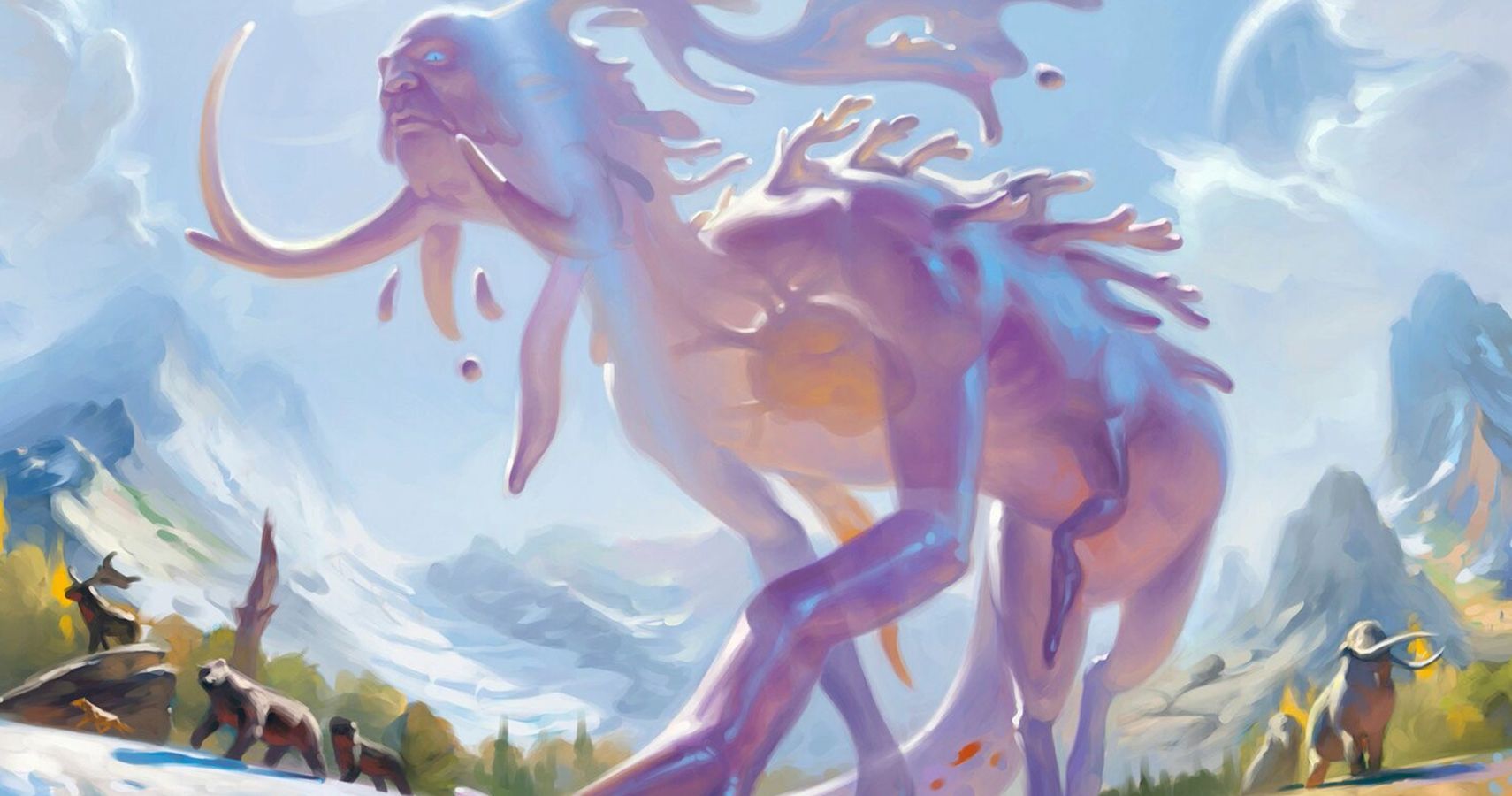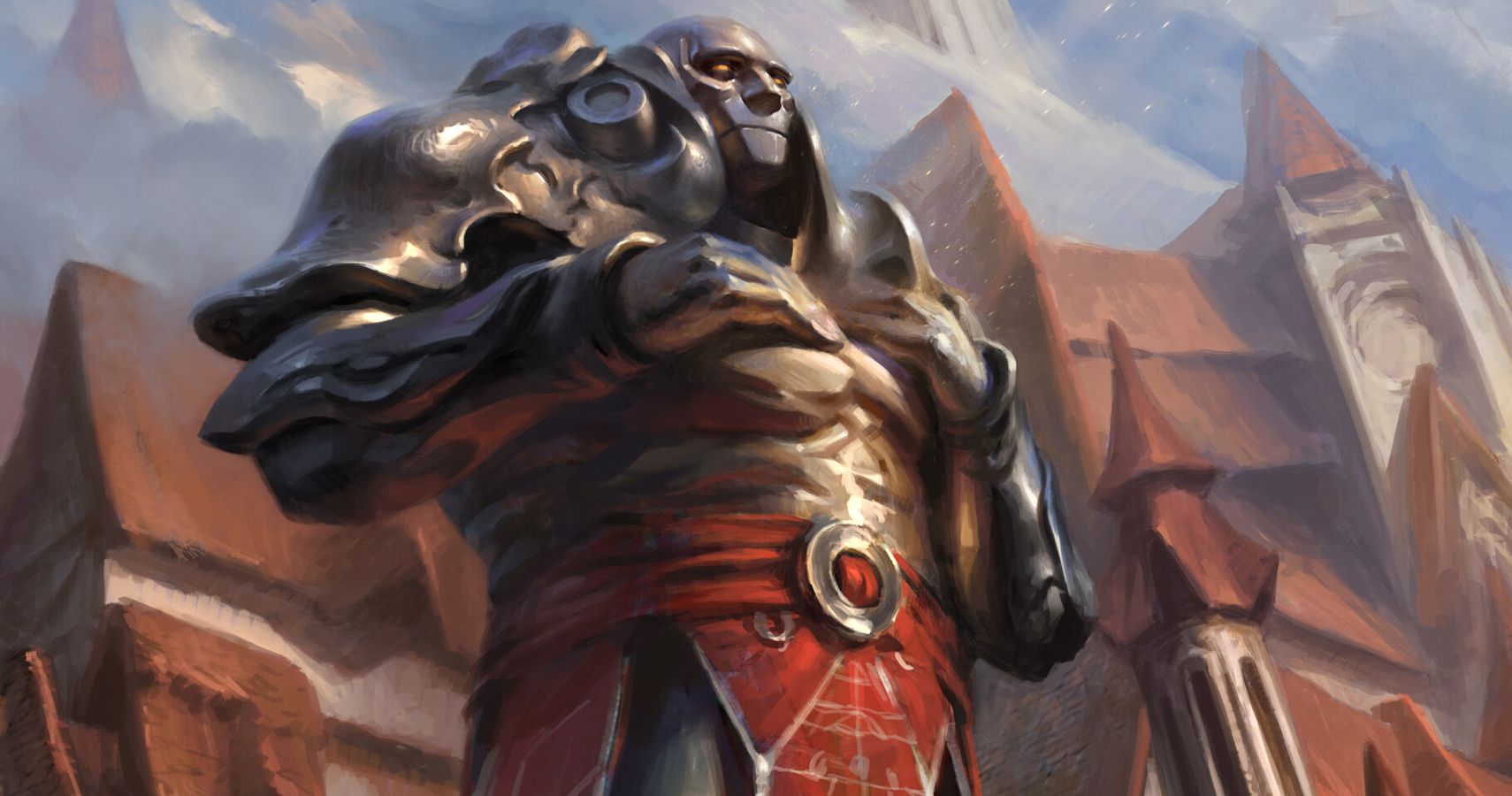Magic the Gathering's BIGGEST defining feature is its colour pie. Each card spread among five colours, all balanced against each other based on strategic and philosophical identities; colour identity is a major part of the game.
With dozens of combinations of white, blue, black, red, and green appearing in decks, it is understandable that the community has developed slang to quickly describe the mix and match of colours. That being said, it is still very confusing for newcomers to the game and can be a huge barrier to entry. Here are what the community calls each colour identity, and why.
One Colour
These are easy. If a deck has one colour, it's described as being "mono".
- Mono-white
- Mono-blue
- Mono-black
- Mono-red
- Mono-green
Two Colours
The slang for colour pairs comes from one of the game's many settings, Ravnica. Ravnica is a city dominated by ten guilds, each with its own purpose and colours:
- Azorius (white/blue)
- Dimir (blue/black)
- Rakdos (black/red)
- Gruul (red/green)
- Selesnya (green/white)
- Orzhov (white/black)
- Golgari (black/green)
- Simic (green/blue)
- Izzet (blue/red)
- Boros (red/white)
Recently, five new colour pairing names were introduced in Strixhaven: School of Mages. Some of these are less used than others and aren't likely to replace the Ravnican guild names any time soon, but they may still be encountered from time to time by newer players.
- Silverquill (white/black)
- Witherbloom (black/green)
- Quandrix (green/blue)
- Prismari (blue/red)
- Lorehold (red/white)
Three Colours – Wedges and Shards
On the back of any Magic card, the colours are set out in a circle. Colours that are adjacent to each other are called allied colours, while those across from each other are enemy colours. Every colour has two allied colours, and two enemies. Three-colour colour identities get names from two different places, depending on whether the colours used are allied or enemy.
Shards are groups of three allied colours, and they take their name from the five shards of another of Magic's settings, Alara.
- Bant (green/white/blue)
- Esper (white/blue/black)
- Grixis (blue/black/red)
- Jund (black/red/green)
- Naya (red/green/white)
Wedges, on the other hand, are an allied pair with their mutual enemy colours added. The names for these come from the clans of Tarkir:
- Abzan (white/black/green)
- Sultai (black/green/blue)
- Temur (green/blue/red)
- Jeskai (blue/red/white)
- Mardu (red/white/black)
Very, very rarely, you might hear these also called by their Ikoria Triome names of Indatha, Zagoth, Ketria, Raugrin, and Savai respectively. Much like the Strixhaven names for colour pairs, you're more likely (but not much) to hear this from a newer player.
Four Colours
Four colour decks don't have a universally agreed-upon name yet and are often simply described as "Not-X", where X is the one colour not included.
More rarely, you may also encounter these names from older players:
- Aggression (black/red/green/white)
- Altruism (red/green/white/blue)
- Growth (green/white/blue/black)
- Artifice (white/blue/black/red)
- Chaos (blue/black/red/green)
Five Colour
Five colour decks are simply called WUBRG, standing for White, Blue, Black, Red, and Green. This comes from Wizards of the Coast's own internal design processes, where each colour is given its own one-letter identifier as shorthand.
The reason why blue is U rather than B is because both it and black start with B and L, and Artifact cards are identified with an A. That means the first available letter in either colour's name is the U in blue, making it U and B for black.
No Colours
It is possible to make a deck that only uses colourless cards. Because of the old-style frames for colourless cards, these are generally called Mono-brown. "Colourless" works just fine as well, though.

